As I mentioned before, I’ve been tracking the contents of my wardrobe for a long time; this year, I also started tracking my actual usage. In the process, I’ve accumulated a fair bit of data … all just begging to be analyzed. I hate math, but I’m an inveterate number-cruncher. Contradictions, I haz them. Anyway, I thought it might be fun to start a “wardrobe analytics” series, and play around with all that data.
First up: this summer’s most worn pieces, and some cost-per-wear lessons.
You will remember that I spent my summer at home, chasing after two kids under 3. I could describe my experience in any number of ways, but I’d be hard-pressed to call it the height of sartorial glamour. Or even the foothills of glamour. Really, I wasn’t anywhere near glamour territory. Casual, with a side of sweatpants. Keep that it mind as you feast your eyes on my most worn summer clothes.

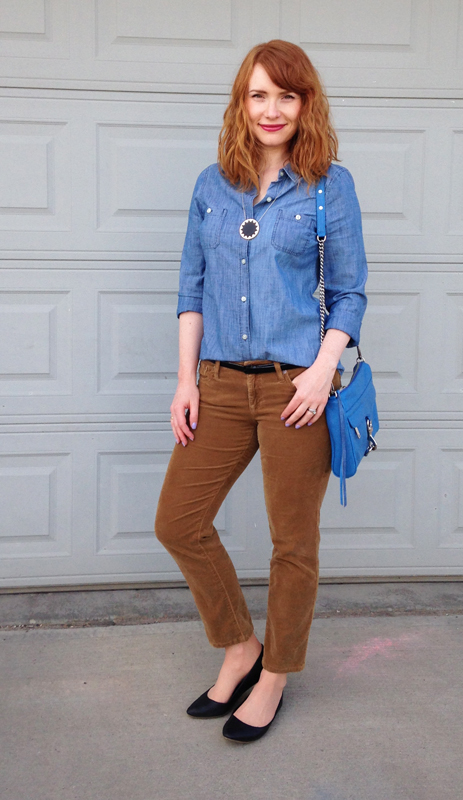
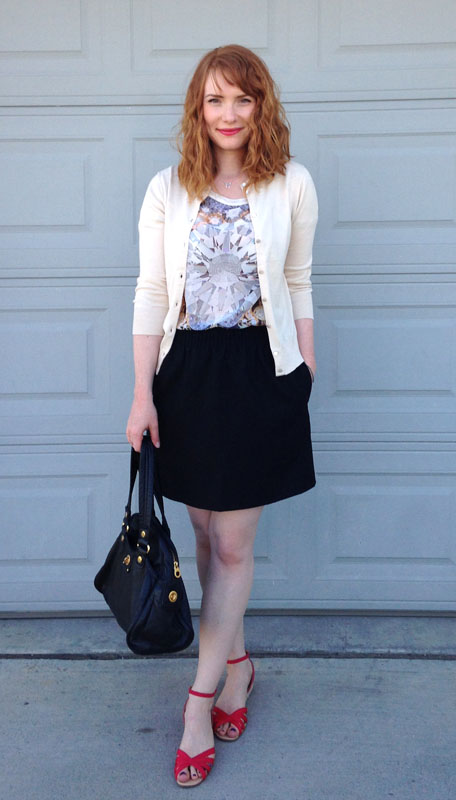
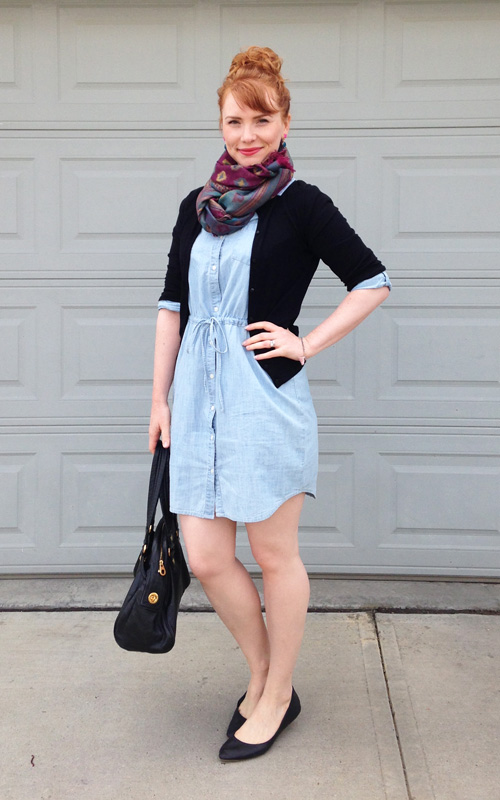


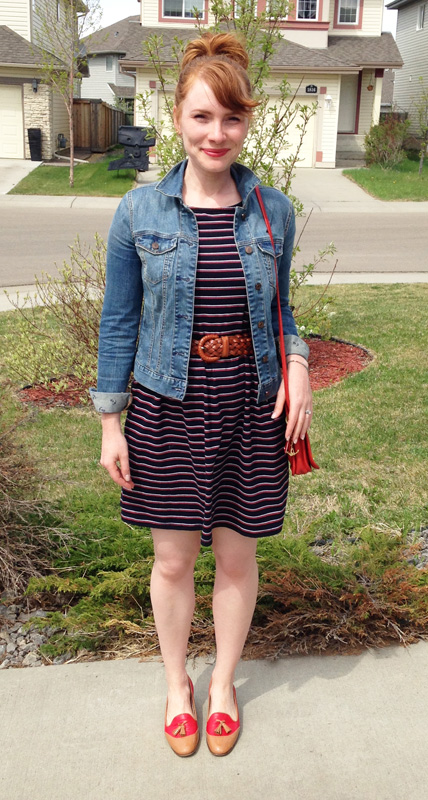

This analysis doesn’t include the stuff I wore around the house, aka so-called lounge wear (although who are we kidding, there was no lounging involved).
Honestly, when I first drew up the list, I was disappointed. All of the pieces are so … boring. No real prints (stripes don’t count), and not much colour. When I think of what I consider “my style”, it’s all Bright and Colourful and Loud and Prints, Hurrah! Except, maybe not. I obviously rely on basic pieces in neutral colours far more than I realize. Considering that I’m (technically) an adult and not a toddler, this probably counts as a positive.
However, this made me realize that I’m really crap at guesstimating what I actually wear. For example, I could have sworn that I “lived” in my floral Anthropologie skirts this summer:
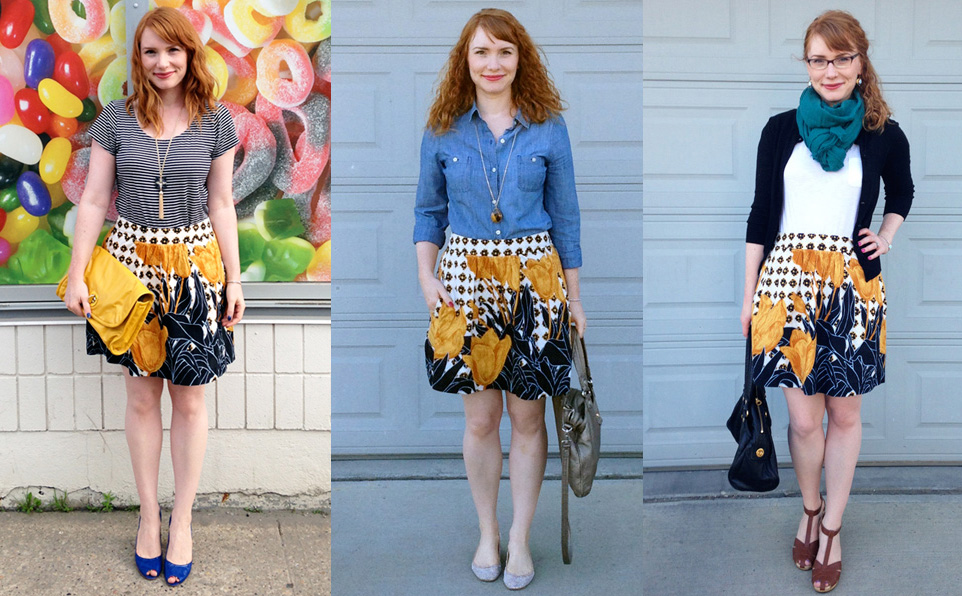
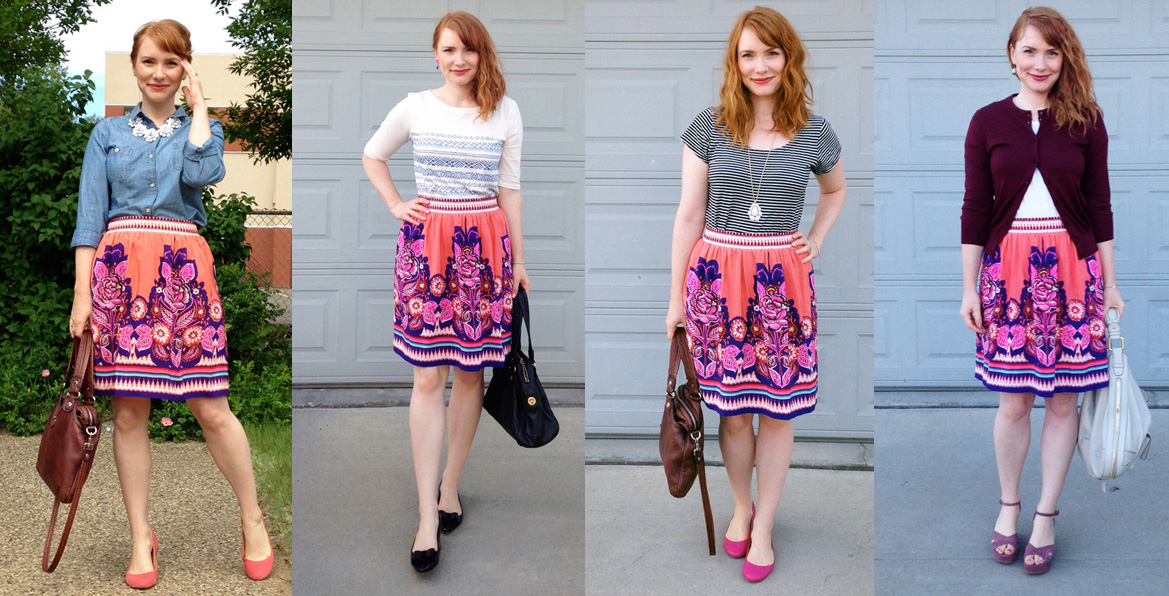
Not so much. I wore them a total number of 7 times, combined. You might think: so what? After all, these skirts are still in great condition, and I will get to wear them again next summer. This is where the cost-per-wear thing comes in. The tulip print skirt cost me $8. After one year (barring any additional wear this fall/winter, which is unlikely), the cost-per-wear is still a whopping $2.66. I will have to wear it for 2 more years (assuming a similar rate of wear) before the cost-per-wear will be under $1. My general goal is to have a cost-per-wear for most of my clothing – except special occasion pieces – at around $0.50. With that goal in mind, this skirt won’t “break even” for another 4 years, unless I start wearing it more often.
And consider the other skirt. It cost me $39. Not a terribly high price, right? Except that its current cost-per-wear is $9.75. Even I start it wearing it twice as often as I did this past summer, it will take another almost 4 years for the cost-per-wear to reach $1. The odds that I’ll get tired of it before then? Pretty good.
Maybe I’m just being unrealistic about what a reasonable cost-per-wear should be. But I know that when people talk about something costing “pennies” on a per-wear basis, they’re either (a) delusional, or (b) wearing the same dozen pieces all the time. If, like me, your wardrobe is considerably more extensive, then cost-per-wear is mostly irrelevant when it comes to determining what’s a reasonable price to pay for things other than the most basic of basic (i.e. black pants you wear every week). I’d caveat that statement by adding 3 exceptions: outerwear, bags, and shoes.
If you live in a climate that requires outerwear for a significant portion of the year, then paying more to get the best quality you can afford makes sense, and cost-per-wear will bear that out. Ditto if the weather or your lifestyle necessitates certain footwear investments. (In my case, that’s mostly limited to boots; I cycle between a lot of pairs of “indoor” shoes, so few of them get weekly wear.) Bags are a special category, because they tend to be the one item that gets used every day – whether you have only one bag, or 20, that still translates to a lot of wear. Here’s one example: I’ve already worn the brown MbMJ Mag bag I bought back in June 35 times; its current cost-per-wear is $3.4, and I’m still using it all the time. I’m certain that its cost-per-wear will be closer to $1, or less, before I get tired of it and sell it along.
If you’ve made it through this entire post and are still awake, first of all, congrats. And secondly, tell me: have you ever used the cost-per-wear idea to justify a purchase, and if so, have you ever calculated your actual costs-per-wear?

I have definitely used cost per wear to justify purchases, though I don’t actually end up tracking it afterward too closely. For me, this usually comes into play with items like jewelry or bags. Case in point: I convinced myself to buy an Elsa Peretti alphabet necklace from Tiffany instead of a cheap costume jewelry version because I expected it to become a signature piece and would therefore get loads of wear, thereby justifying the extra money for quality.
I’ve never done the actual calculation, but I’ve used it to justify purchase of an expensive stable: a new gray Coach handbag that will go with everything, a nice fall or winter coat, my poor abused work bag, etc. I’m actually interested in cataloging and tracking my usage of my current wardrobe, though, now that I see how yours worked out!
Do it!! It’s pretty quick and easy, and then you can do all kinds of fun pie charts 😉
I think that paying a bit more for a bag or coat (that you either use regularly, or for many years, or both) is not a bad idea at all. I’ve done it more than once myself. Ahem.
I’m actually working on something similar right now. I’ve been tracking my outfits (mostly for work, but sometimes on the weekends too – not counting my lounging stuff though!) since January and I’m going to calculate a cost per wear at the end of the year. It’s been really interesting to see what I wear most often, and things I only wear once in a while. I’ve also noticed trends – it’s all sweaters all fall, winter, and spring, and then come summer it’s little tops and cardis. I’ve already sorted out a bunch of stuff that I don’t wear (or only wear seldom) to get rid of. I’m curious as to the cost-per-wear – I didn’t actually think of what I want my goal cost-per-wear to be. I will calculate it and check back in on your next post on this subject! I found it quite fascinating.
Isn’t it? Honestly, maybe I like crunching numbers more than your average lady, but I find this stuff so neat. A friend of mine was, like, “whut? you keep tracking of everything? whyyyy?” So, different strokes 😉
I don’t track cost per wear. I do tend to look back on the blog to see when I last wore something – especially if it isn’t a favourite as it’s a good indication that I probably don’t need to hold on to it during my next clear out!
I think your maxi dress is my favourite of all your most worn pieces. 10 times is good going!
That’s a good way of doing it, too! How often do you clear out your closet?
The maxi dress is a good one; lots more years left in it as well. Dare I say it – a good “investment”? Hehe